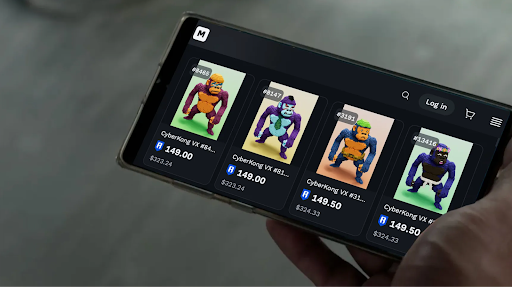Introduction
In the realm of blockchain gaming, digital asset ownership is often hailed as a revolutionary feature that promises to empower players. Yet, within the industry, a troubling paradox has emerged: while ownership is celebrated, it is increasingly becoming undermined, with many games operating on a free-to-play model that negates its very premise.
The Crux of the Ownership Dilemma
Despite 71.1% of blockchain gaming professionals reporting digital asset ownership as the greatest benefit of blockchain technology, most games today are free-to-play and don’t necessitate asset ownership. This contradiction reflects a struggle between what blockchain can offer and the actual user experience, leading to a scenario where the defining trait of blockchain gaming is both treasured and disregarded.
Historical Context: From Play-to-Earn to Free-to-Play
The play-to-earn models of earlier blockchain games forced players to purchase NFTs, which obstructed many from joining. While innovative rental systems emerged, they ultimately failed to solve the accessibility issue. By 2022, to tap into the lucrative traditional gaming market, blockchain games shifted to a free-to-play model, prioritizing enjoyable gameplay over financialization.
Challenges of Onboarding and Understanding
Over half of industry respondents identify onboarding challenges and poor user experience as significant obstacles to growth. As blockchain concepts remain complex and unclear to many potential players, the burden to understand these systems can make digital asset ownership feel more like a chore, deterring engagement.
The Mirage of True Ownership
The touted concept of “true ownership” in the blockchain space often falls short in practice. While players may own NFTs, the utility and ongoing value are intrinsically tied to the developers’ centralized operations. The real advantage lies in quicker asset sales and greater control, but this hardly constitutes the ownership that users envision.
Potential Innovations and Looking Forward
Despite current pitfalls, there have been promising advancements in digital asset ownership through innovations like ERC standards and soulbound tokens, which could grant players new, significant experiences. However, the industry’s success hinges on developers focusing on engaging gameplay first, allowing the value of ownership to emerge organically.
Key Takeaways
- Digital asset ownership is viewed as blockchain gaming’s key benefit but is often ignored in practice.
- The shift to free-to-play models reflects a need for broader market appeal.
- Onboarding challenges and misconceptions about blockchain hinder growth.
- True ownership in Web3 remains largely theoretical and mishandled.
- Fostering enjoyable gameplay is crucial for demonstrating the value of asset ownership.

